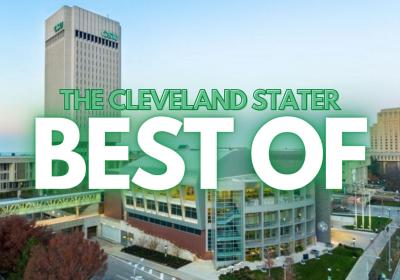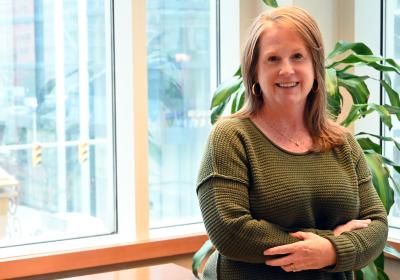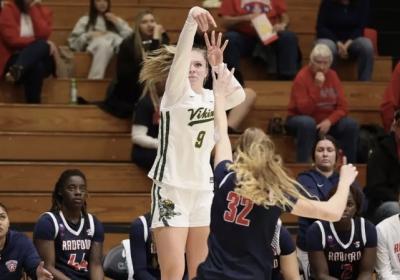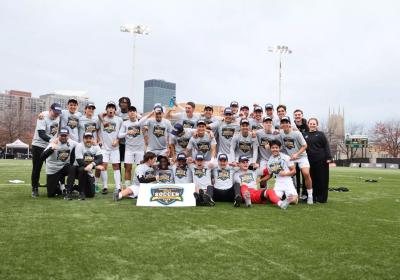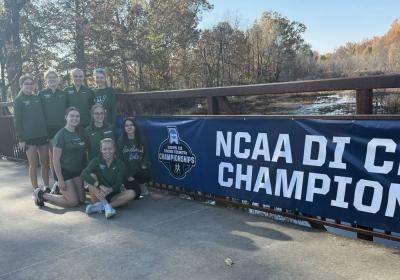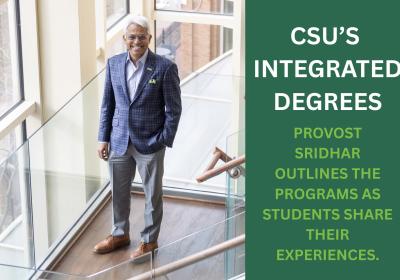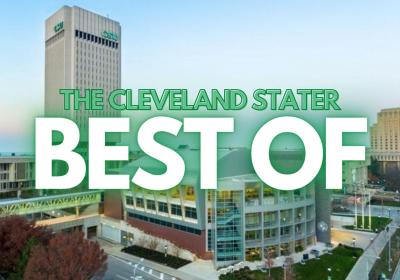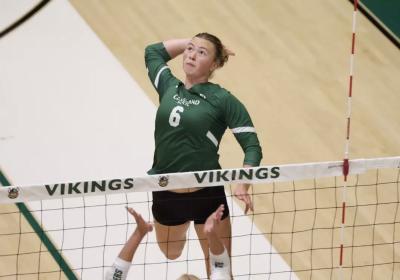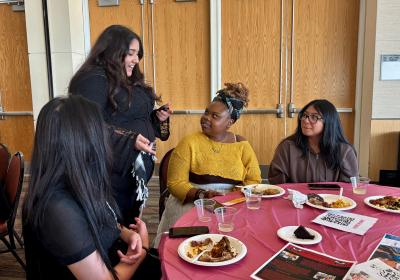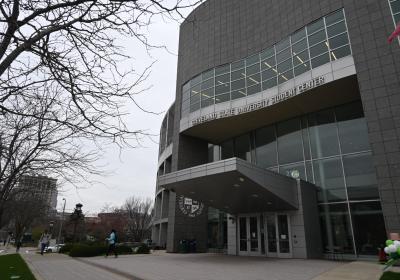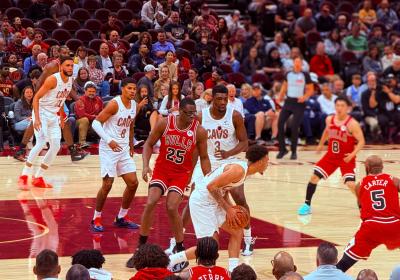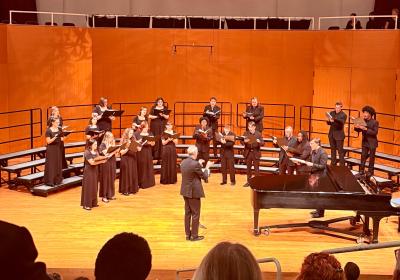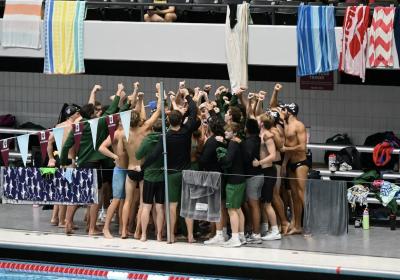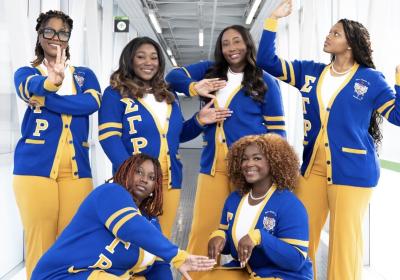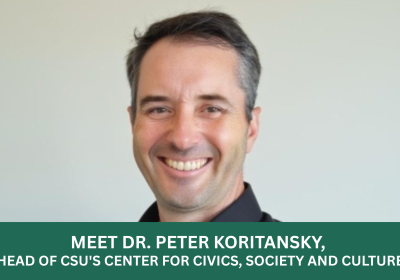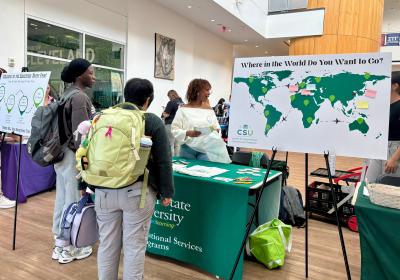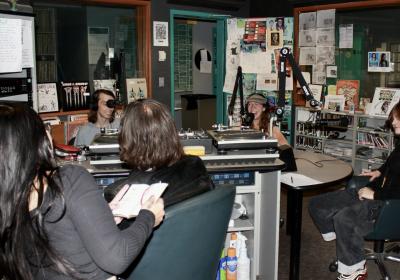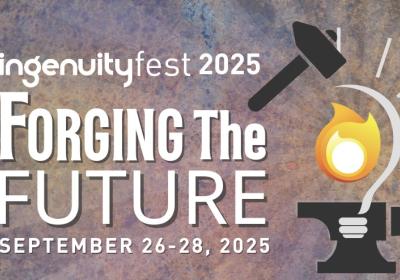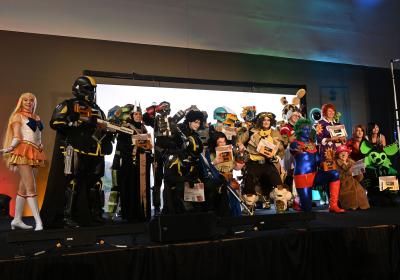Cleveland State faculty praise, pan CSU 2.0
Cleveland State faculty had mixed reactions to CSU 2.0, the plan to revamp, restructure and rebrand the university as a leading city-based, community-oriented and engaged institution.
CSU President Harlan Sands outlined the CSU 2.0 plan in a virtual town hall on March 26, introducing the blueprint that will address the next steps the university will take to strengthen one of Cleveland's core institutions.
CSU 2.0 reorganizes the university's existing colleges, adding a College of Health Professions, envisages increasing Cleveland State's student base from 4,500 to 20,000 by 2025, and will increase faculty by about 100.
Given that the core work of the university -- teaching and research -- is done by faculty, The Stater reached out to several institutional leaders for their initial reactions. The sample was not random, so at best the responses below are a glimpse into the range of possible feelings among faculty about CSU 2.0.
“I think the blueprint for CSU 2.0 provides an exciting plan outlining how we can move forward together, as we recover from the pandemic, and beyond,” said Allyson Robichaud, interim dean of the College of Liberal Arts and Social Sciences.
Sajit Zachariah, the dean of the College of Education and Human Services, had a similar initial reaction to Robichaud's.
“My initial reaction was that the document clearly shows the many positive things happening at CSU and the strong foundation we have to help continue to move us in a positive direction in the near future.” Zachariah said. “I understand this is an initial step and we need to seek input from faculty, staff and students on the new academic structure. The structure aligns us well for our role in Cleveland as an anchor institution, and to help support the work and the needs of the city and the larger Northeast Ohio community.”
However, those sentiments were not universally echoed.
“My immediate response is that CSU 2.0 appears to be a bold and ambitious strategic plan, but in nature it is empty talk without substance," said a professor who asked not to be named. "It is extremely hard, if not impossible, to be operationalized."
Another professor said institutional politics at CSU was the real problem, and that CSU 2.0 was doomed because of it.
"The reality is that CSU’s academic reputation is horrible because the university and particularly some of its colleges, e.g. business, and departments operationalize as a political agent," the professor said. "Truly talented and externally-recognized, particularly those world-renowned faculty tend to be sidelined because they are ALWAYS a small part of the faculty."
The professor said it is more critical to keep talented faculty, whose turnover rate was, in their opinion, much higher than at CSU’s peer institutions.
"Talented faculty are always a minority and tend to be sidelined," the professor said. “Such faculty make every effort to be extraordinary mainly because they are eager and are motivated to leave CSU and its politicalized colleges and departments.”
The professor concluded that CSU 2.0 was not a solution.
"Without world-class faculty and world-renowned scholars and researchers, this is simply a joke," the professor said.
The Stater makes no claim that the above sentiments are representative of CSU faculty as a whole. The Stater welcomes further input from faculty on CSU 2.0 and can be reached at cleveland.stater@csuohio.edu.

